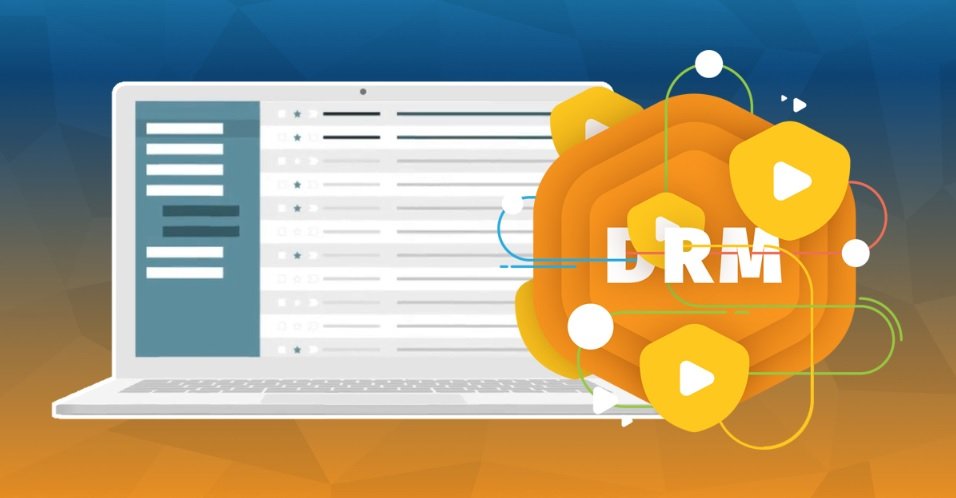The rise of digital media has had a profound impact on marketing strategies. To locate, entice, and keep customers in today’s competitive multichannel market, businesses must use digital marketing technologies.
91Digital is a popular shopping software that allows users to easily compare prices across several merchants. Before making a final choice to purchase anything online, the app’s users are able to obtain the full rundown on the goods, including its specifications and features. It gives its customers with an engine to compare the costs online for a range of things. [source]: saasdiscovery.com
The results of the 2022 MIT Chief Marketing Officer Summit are summarised in a new e-book published by the MIT Initiative on the Digital Economy.
Marketers can reach today’s always-online customers by making more use of data, analytics, and algorithms, which is the main takeaway.
Researchers at MIT Sloan predict the following will be the most prominent developments in digital advertising in 2022:
Individuals that Use Multiple Digital and Social Media Platforms for Social Interaction
When deciding which businesses to buy from, today’s customers go to a wide range of online resources, such as social networking sites and instant messaging software.
Since social consumers are influenced by what their social network peers say about different products and services, IDE director Sinan Aral claims that marketers need to undertake granular research to adequately comprehend how social media has altered the marketing method (a trend known as “social proof”).
Social proof is a powerful tool for marketers, and Aral discovered that it increased sales for 71 items across 25 categories that 30 million consumers had purchased on WeChat. While Disney’s interaction rate went up by just 21 percent, Heineken’s jumped by a whopping 271. There are no brands, in Aral’s view, for which social evidence diminishes the efficacy of marketing.
Tiktok, YouTube, and other video-sharing websites are mined for information in order to do research on user-created content.
Influential, especially among the millennial generation, are the stars of the video sharing platform TikTok. But whether or not that attention can be turned into real revenue from these viral influencer videos is unclear.
Findings suggest that the visual and tonal fit with the marketing film is more important than how interesting or appealing the product itself is. This impact is magnified for “product purchases that tend to be more impulsive, hedonic, and lower-priced,” as assistant professor Jeremy Yang of Harvard Business School puts it. At the same time, he attended MIT as a doctoral student.
Consumer Interest Is Gauged Using Machine Learning
This exam has another name: the “chip and dip.” Marketers have tried for years to find the right combinations of consumer items to bundle for co-purchase, despite the fact that they know that doing so would enhance sales.
Due to the vastness and complexity of the available data—billions upon billions of permutations—such an investigation may seem daunting at first.
Madhav Kumar, a Ph.D. candidate at MIT Sloan, has created a machine learning-based method that uses data from thousands of actual occurrences to determine which product combinations are successful.
He concluded that a 35% increase in sales was possible with the right approach to packaging.
Successful Outcomes Prediction Using Machine Learning
Despite the fact that most marketers place a premium on client retention and income, Dean Eckles, head of IDE’s social and digital experimental research unit, emphasised the importance of having reliable estimations when determining the success of marketing campaigns.
Use artificial intelligence and machine learning to improve your consumer targeting instead, so you can make more precise and timely predictions.
This study was a joint effort by IDE and the Boston Globe to analyse how a promotional deal affects consumers over time. Using the shorter-term surrogate resulted in predictions that were equally as accurate 18 months later as using the longer-term surrogate.
Eckles argued that statistical machine learning was a useful tool for predicting intangible, far-reaching consequences.
To mitigate the negative effects of AI bias, we must implement “good friction.”
The use of automation and AI by digital marketers to lessen “friction” for customers is a common topic of conversation. Many marketers, according to Renée Richardson Gosline, head of IDE’s Human/AI Interface Research Group, are oblivious to the depth of bias in AI. Instead of being drawn into the “frictionless fever” craze, marketers should think about the cases in which friction serves a useful role.
To prevent the mindless reapplication of algorithms, Gosline proposed the use of friction. The marketing industry stands to benefit greatly from AI if it is used in a way that puts people first rather than treats them like a commodity.






